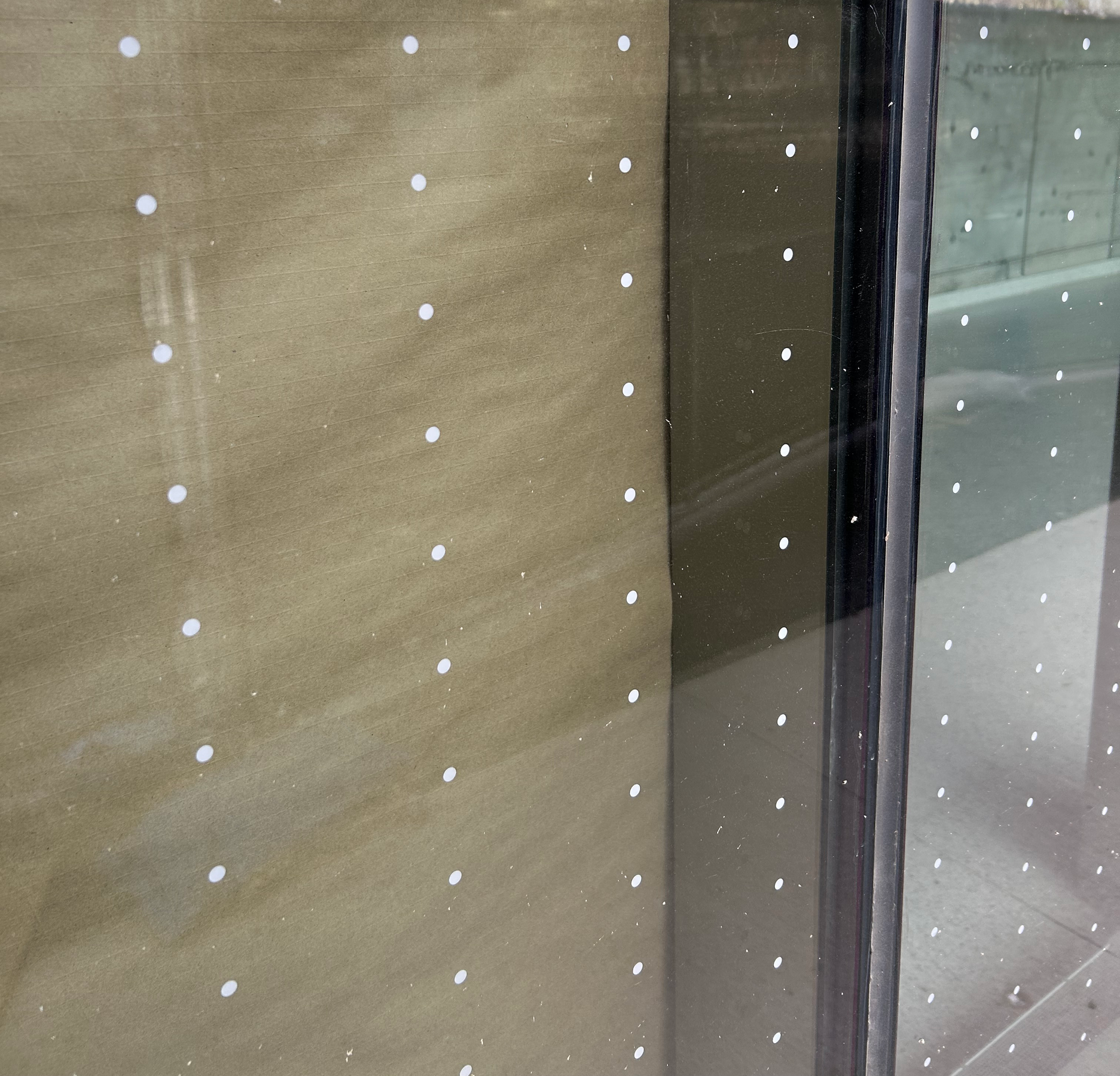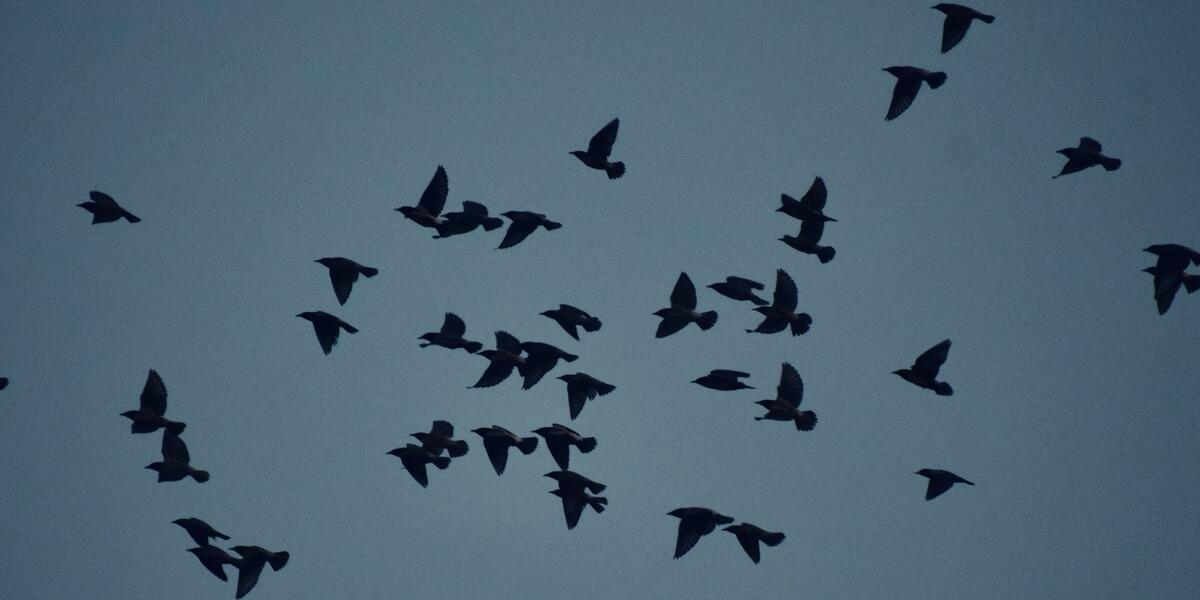It’s not hard to see how birds inspire humans: geese conserve energy flying in v-formation; Kingfishers dive into water without making a splash because of wedge-shaped beaks; woodpeckers hammer at a rate of 100 times the g-force that would cause a concussion. From energy-saving flight formations in commercial jets, to high-speed bullet train travel, to shock-absorbing technology in football helmets, we’ve looked to birds in designing items for our convenience and safety.

It's our turn now to look at building design that can protect and support birds. Every fall and spring, billions of birds migrate across the Americas. Experts agree: one of the largest human-caused threats – killing as many as 1 billion birds in the United States each year – is collision with glass. Last fall in Chicago, more than a thousand birds were killed colliding with McCormick Place alone, during one of the biggest migration events in decades. Recent findings also show that only 40 percent of birds with injuries from collisions survive, even with strong rehabilitative care.
Responding to the need for strategies that safeguard the health of our planet, Pepper has led innovation in identifying safer materials and incorporating safer products into projects. A single-source database system like our Healthy Materials Library provides examples of materials that have a lower rate of pollution to the air, water and soil – all essential parts of the environment that we share birds. This information is available to be shared with designers, architects and trade partners.
Growing interest in the benefits of natural lighting, sustainability and aesthetic versatility is prompting a rise in glass as a preferred construction material in façade architecture. Studies based on monitoring data show a direct relationship between the amount of glass on a building and the number of collisions at that site. Data collected since the installation of bird-safe window film at McCormick Place shows a 95 percent drop in bird collisions.


Creating a built world in which glass is no longer a leading threat requires a bird’s eye view. Birds collide with glass because they perceive reflections as real. They can be misdirected and lured by artificial light, facades that reflect the sky, and vegetation too close to reflective surfaces.
Constructing bird-safe buildings without sacrificing functionality or appeal starts with effective designs. A simple step is reducing the area of glass, which improves energy performance, since heating and cooling increase when total glass surface exceeds 40 percent of the total building envelope. When windows are primary, other alterations can be made.
Pepper has employed LEED v4 Bird Collision Deterrence Innovation credit on industrial market projects that include a 1,225,000-square-foot and a 712,000-square-foot speculative warehouse. To help make these structures visible as physical barriers to birds, the design implements low glass-to-opaque wall ratios. Downward-facing exterior lighting around the buildings and parking lots also minimizes the risk of interrupting nocturnal bird migration.
Other solutions include incorporating external window decals, screens, latticework, sunshades, and specialty glass products that use UV coating visible to birds or integrate etched patterns designed to deter collision and meet energy performance requirements. Rooftop vegetation can also be strategically placed to draw birds away from glass structures.
Our urban landscape is a maze of barriers to flying birds. Even the healthiest are at risk. With nearly one-third of the bird species found in the United States documented as victims of glass collision, the need for action is pressing. Curtailing this avoidable mortality means thinking about birds in the design phase, and more cities and municipalities are doing so. Chicago led the way as the first U.S. city to enact a “Lights Out” program during migration seasons more than 25 years ago. For nearly two decades, bird-friendly requirements have been in place for new construction and major renovation projects in buildings owned by Cook County. More recently, California, Minnesota, New York, San Francisco, and Virginia are among the growing number of states to pass building design ordinances and laws to protect birds.
Given the essential role they play in healthy ecosystems – controlling pests, limiting disease transmission, regenerating habitats by dispersing seeds, pollinating plants that we rely on for food and medicine – the difference we can make in doing so is not just for the birds.
About the Authors




